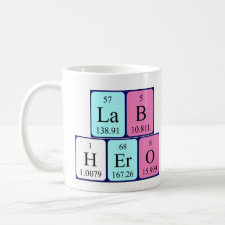
Authors: Yan CL, Lu Y, Gao SY
Article Title: Coating lysozyme molecularly imprinted thin films on the surface of microspheres in aqueous solutions.
Publication date: 2007
Journal: Journal of Polymer Science Part A: Polymer Chemistry
Volume: 45
Issue: (10)
Page numbers: 1911-1919.
DOI: 10.1002/pola.21955
Abstract: The polymerization of 3-aminophenylboronic acid in an aqueous environment was used for the first time to modify polystyrene microspheres for protein (lysozyme) molecular imprinting. Polystyrene microspheres were prepared by styrene polymerization in an aqueous emulsion with poly(vinyl alcohol) as a surfactant. Poly(3-aminophenylboronic acid) was then grafted onto the surface of the polystyrene microspheres through oxidation by ammonium persulfate in an aqueous solution in the presence or absence of lysozyme or hemoglobin. Rebinding experiments were conducted to establish the equilibrium time and to detect the specific binding capacity and selective recognition. The results indicated that the microspheres, imprinted by the template protein lysozyme or hemoglobin, possessed specific recognition sites on the shells and had a high specific binding capacity for template proteins. The imprinted particles did not need to be ground or sieved and could easily reach the adsorption equilibrium, thus avoiding some problems of the bulk polymer. All these results demonstrate that the particles have potential applications as substitutes for bulk polymers in biological macromolecular affinity studies. © 2006 Wiley Periodicals, Inc. J Polym Sci Part A: Polym Chem 45: 1911-1919, 2007
Template and target information: protein, lysozyme
Author keywords: coated polymeric microspheres, molecular imprinting, poly(3-aminophenylboronic acid) thin films, protein, protein molecular imprinting, selective adsorption, thin films



Join the Society for Molecular Imprinting

New items RSS feed
Sign-up for e-mail updates:
Choose between receiving an occasional newsletter or more frequent e-mail alerts.
Click here to go to the sign-up page.
Is your name elemental or peptidic? Enter your name and find out by clicking either of the buttons below!
Other products you may like:
 MIPdatabase
MIPdatabase









